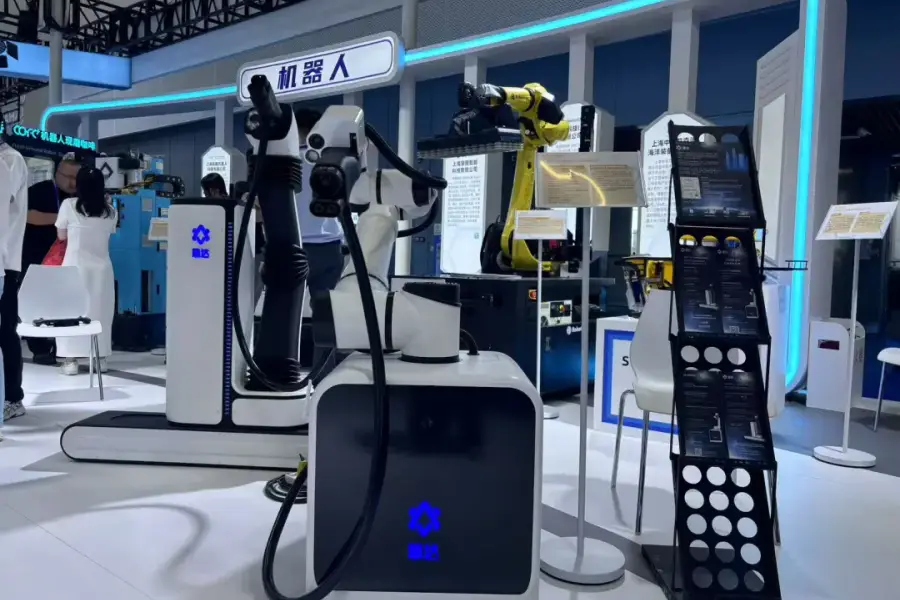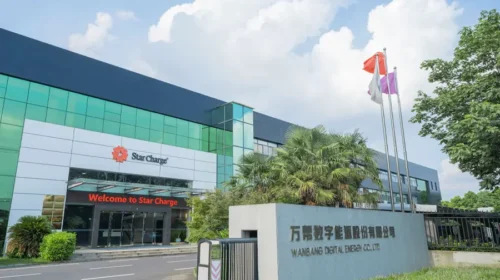Zhida seeks to recharge its finances with another IPO bid

The maker of charging techology for electric vehicles risks running out of juice to manage its cash flow and fund its international expansion plans
Key Takeaways:
- The company managed to bolster its cash on hand in the first quarter but had already drained half its balance by the end of May
- However, its quarterly loss narrowed, pointing to a potential pick-up
By Lee Shih Ta
A leading Chinese maker of charging systems for electric cars is at risk of running low on financing power and needs to top up with an IPO.
Strong EV sales in China do not necessarily translate into ample profits for the companies supplying the supporting infrastructure, as illustrated by Shanghai Zhida Technology Development Co. Ltd., a provider of domestic charging equipment for vehicle owners.
In fact, the company is now making a third attempt to raise equity capital on the Hong Kong stock market, looking to address its cash flow challenges, as well as generate funds for tech upgrades and overseas expansion plans.
Zhida makes chargers and systems to manage or store the power, incorporating solar panels and battery packs. It also offers cloud-based solutions and is working on developing an automated charging robot.
The explosive growth in the electric vehicle market has driven high demand for the equipment needed to keep the cars on the road, benefiting charger makers such as Zhida. But the pressures of a crowded market and the costs of developing competitive products can strain the finances of companies in the EV ecosystem.
Despite the growing demand, Zhida’s financial performance has been deteriorating, according to figures in its IPO application, Revenue fell from 697 million yuan ($97 million) in 2022 to 671 million yuan the following year and dropped again to 593 million yuan in 2024. The firm’s net losses also widened, from 26.3 million yuan in 2022 to 58.53 million yuan in 2023 and then ballooning to 238 million yuan last year, inflated by rising operating expenses.
Its annual sales and marketing costs rose nearly 27% to 115 million yuan from the previous year. General and administrative expenses also jumped last year to 104 million yuan from 73.66 million yuan.
However, signs of a pick-up are visible, after the company adjusted its product mix and market strategy. Zhida logged revenue of 217 million yuan in the quarter ending in March, a much bigger turnover than the 156 million yuan in the same period of 2024, while losses narrowed to 17.05 million yuan from 31.44 million yuan.
The application documents indicate Zhida is actively expanding into selected overseas markets, including Germany, the Netherlands, Japan and Singapore. It is also shifting its focus from traditional hardware towards products with a higher margin such as its energy management system (EMS) and advanced charging robots, in a bid to bolster revenues and boost profitability.
Rapid burn rate
Nevertheless, the cash flow situation remains a concern. Operating cash flow was negative from 2022 to 2024, widening dramatically from an outflow of 27.07 million yuan in 2023 to 116 million yuan in 2024. Cash and cash equivalents fell from 206 million yuan in 2022 to 141 million yuan in 2024. In the first quarter of 2025, Zhida gained approximately 74.25 million yuan through financing activities, which boosted its cash balance to 146 million yuan. But within two months more than half of the cash reserve had been used up, leaving only 74.41 million yuan by the end of May.
As the company rapidly burns through its cash, the need for more capital to support technology investments and international expansion becomes ever more urgent.
Zhida’s market position and growth prospects are less clear-cut than some of its peers. Teld, a subsidiary of domestic leader TGOOD (30001.SZ) with an operational network and brand profile, is also stepping into overseas markets as a direct competitor to Zhida. Other players such as StarCharge and YKC benefit from more experience and government backing in platform operations and public-private partnerships.
Zhida’s strengths lie in technology integration and product diversity, with its EMS platform and automated charging robot. Even if those innovations achieve commercial success, Zhida could still face uphill battles in these niche segments.
Globally, the construction of charging infrastructure is rapidly expanding. Research provider BloombergNEF forecasts a need for more than 100 million charging points worldwide by 2030, requiring an investment exceeding $250 billion.
As the world’s biggest market for new energy vehicles, China is providing strong government support for charging infrastructure. Elsewhere, the EU and Japan have also set carbon neutrality targets backed by plans for public charging networks. The overall industry is in a high-growth cycle but this comes with fierce price wars and a potential glut of similar products, requiring companies to find the money for more R&D and faster expansion.
Meanwhile, investors have grown more cautious about the value of companies operating in this space. NaaS Technology Inc. (NAAS.US) and Teld both trade at price-to-sales (P/S) ratios below 2 times. While Zhida benefits from a focus on high-tech, high-margin solutions in the global EV infrastructure boom, its immediate challenges remain severe. Tight cash flow, debt pressure, and elusive profits all place question marks over its future growth.
To subscribe to Bamboo Works weekly free newsletter, click here





